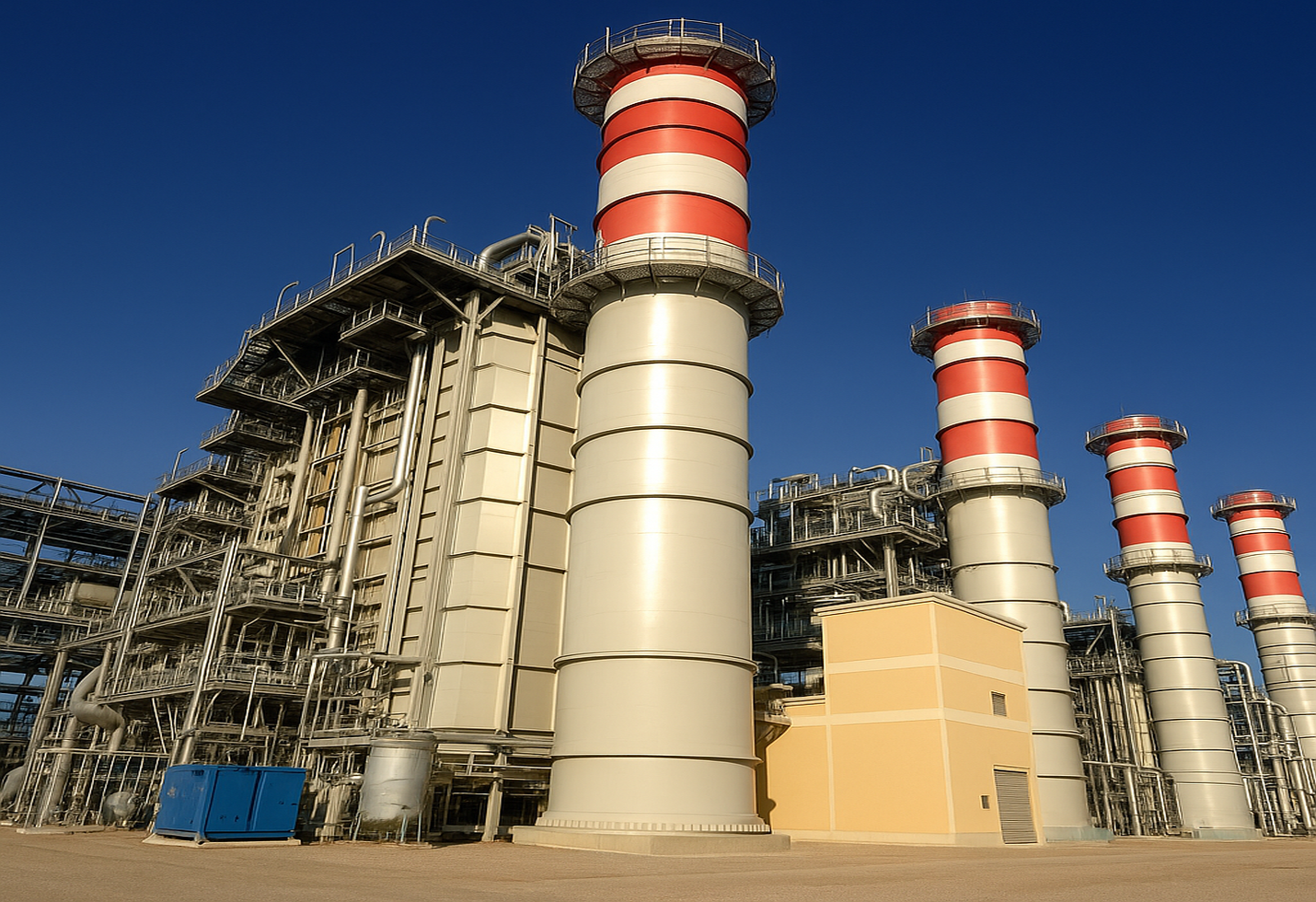Emmvee Secures ₹1,500 Crore Solar Module Deal Ahead of IPO Launch
Emmvee lands major solar order from KPI Green while gearing up for a ₹3,000 crore IPO to scale production and drive clean energy growth.
Emmvee Clinches High-Value Solar Module Supply Contract with KPI Green
Bengaluru-headquartered solar module manufacturer Emmvee has landed a substantial order worth approximately ₹1,500 crore from KPI Green Energy, reinforcing its position as a trusted supplier of next-generation solar technology. The order involves the supply of high-efficiency TopCon bifacial solar modules for a major renewable energy project in Gujarat and is slated for delivery during the financial year 2025–26.
The modules will be manufactured at Emmvee’s state-of-the-art production facilities located in Dabaspet and Sulibele in Karnataka, leveraging its advanced manufacturing infrastructure.
Strategic Deal Amid IPO Preparations
This major order comes at a pivotal time for Emmvee as the company sets its sights on entering the capital markets. Previous reports indicate that Emmvee is planning a stock market debut, targeting a fundraise of ₹2,500 to ₹3,000 crore through its IPO. The funds will be primarily directed toward capacity expansion and enhancing the company’s technological capabilities.
Emmvee’s planned public offering supports its larger vision of expanding operational capacity to cater to the growing global and Indian appetite for solar technologies. Filing formalities are expected to be initiated soon, paving the way for the company’s public market debut.
Long-Standing Partnership with KPI Green
The ₹1,500 crore deal is not the first collaboration between Emmvee and KPI Green, a key entity under the KP Group. The collaboration between the two firms was initiated in 2021 and has progressively strengthened since then. This latest order further cements their relationship and demonstrates the confidence KPI Green places in Emmvee’s product quality and delivery capabilities.
In a public statement, D V Manjunatha, the Founder and Managing Director of Emmvee, highlighted the strategic importance of the deal:
“This order is a testament to our continued dedication to excellence, timely execution, and enduring partnerships within the renewable energy space.”
Echoing this sentiment, Faruk G. Patel, Chairman and MD of KPI Green, emphasized that Emmvee’s track record of consistency and a shared vision for sustainability make them a critical collaborator in India’s clean energy mission.
Rapid Growth in Manufacturing Capacity
Emmvee’s rapid rise is fueled by its bold strides in scaling up manufacturing capabilities. The company now boasts a solar module production capacity of around 7.8 GWp and a solar cell capacity of 2.94 GWp, placing it among the leading solar component manufacturers in India.
These manufacturing enhancements allow Emmvee to not only meet rising domestic demand but also fulfill export orders across Asia, Europe, Africa, and North America. Its advanced production lines support various solar technologies, including the TopCon bifacial modules, which are known for their high efficiency and performance in large-scale utility projects.
Robust Order Book Ensures Revenue Visibility
As of January 2025, Emmvee has an unexecuted order book of 3.9 GW of solar modules, with a cumulative value of around ₹5,898 crore. This backlog provides strong revenue visibility for the company over the next one to two years.
Emmvee’s client portfolio includes some of the biggest names in the Indian renewable energy landscape, such as NTPC, Ayana Power, CleanMax, and others. This diverse client base and recurring business from top developers indicate both the reliability and scalability of Emmvee’s operations.
Supporting India’s Clean Energy Future
Beyond its commercial achievements, Emmvee is playing a crucial role in advancing India’s transition toward sustainable energy. The company’s growing footprint in solar manufacturing contributes to the government’s vision of making India a global hub for renewable energy production and innovation.
Its focus on adopting and producing advanced technologies like TopCon bifacial modules is expected to drive better efficiency for solar projects, helping reduce the levelized cost of electricity (LCOE) in India.
Final Thoughts
Emmvee stands at the threshold of a pivotal transition, backed by a substantial ₹1,500 crore deal with KPI Green and an ambitious IPO plan aiming for ₹3,000 crore. Its fast-expanding manufacturing footprint, robust order pipeline, and strategic collaborations are well-aligned with the rising demand for clean and efficient energy solutions in India and abroad.
As the company prepares to tap public capital markets, this latest deal reinforces its reputation as a reliable and innovative solar manufacturer. By leveraging its technological strengths and deep industry partnerships, Emmvee is poised to play a key role in shaping India’s renewable energy landscape in the years to come.
:
The image added is for representation purposes only







